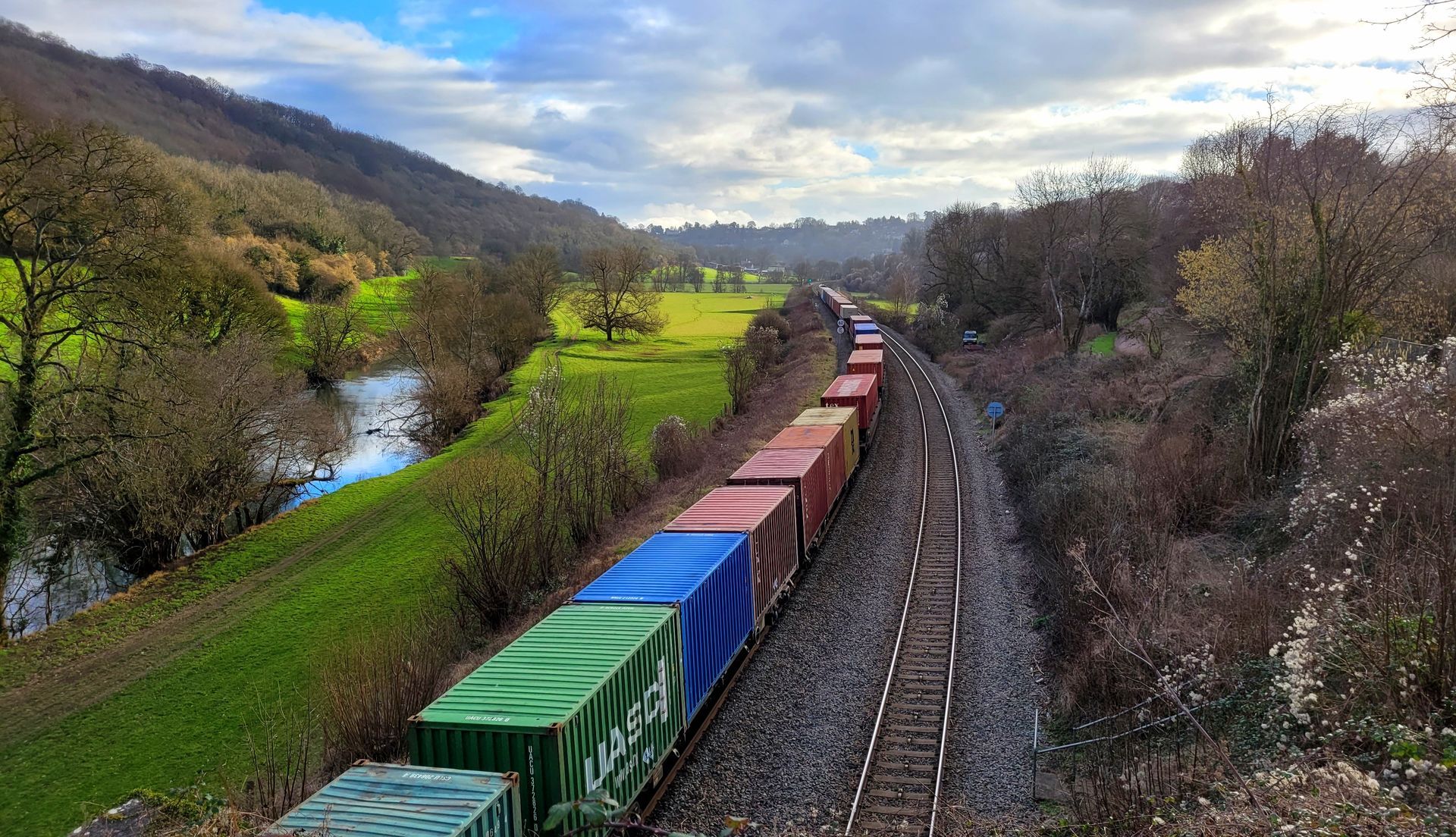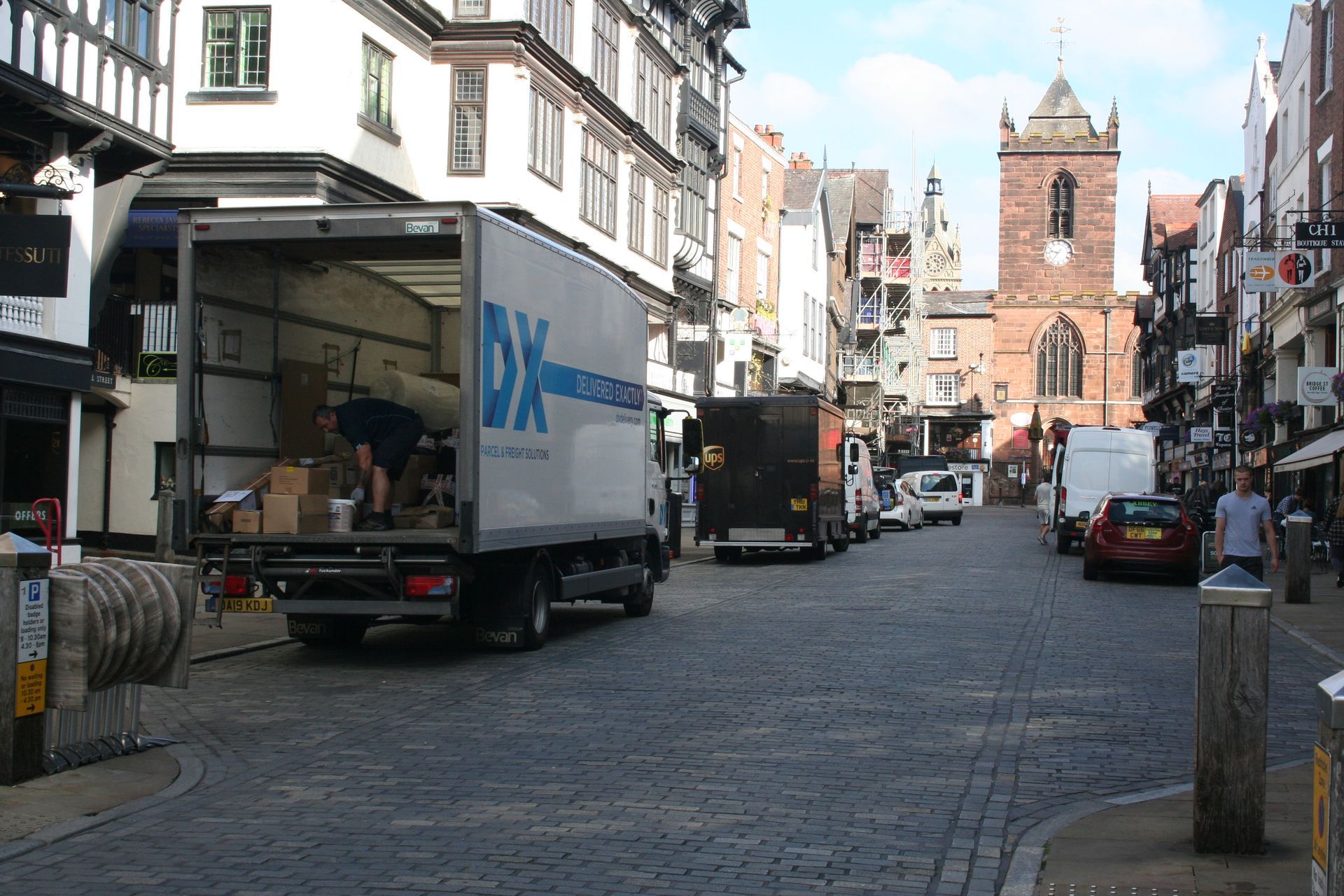VIEWPOINT



SERVICES
Rail
Market & feasibility studies
Market and feasibility studies for rail freight services and infrastructure are based on analysis of the market and policy environment, leading to the sizing of the market and a quantified estimate of potential market share. Our feasibility work concludes with quantified financal forecasts of net cash flow and profitability.
Approach
- Sizing the market: definition of the market and trends in market size based on official data
- Policy & market trends: analysing the key drivers of demand
- Competition: analysing the competitive challenge provided by other modes and operators
- Competitive advantage: assessing the key benefits provided by the proposed service or infrastructure
- Quantifying demand: using a modelling technique to estimate the demand & market share
- Financials: forecasting revenue, costs and net cash flow or profitability
Outcome
Quantified analysis of the market potential, the competitive advantage of the service or infrastructure and its net cash flow or profitability.
Needs cases
Needs cases for rail-connected distribution parks or other rail freight facilities and passenger stations through the planning system are based on analysis of the market, policy and planning environment, capacity and train pathing studies and an assessment of alternative sites. Our work includes quantified forecasts of demand, fully integrated with analysis of capacity, to support the case for the size of the proposed development.
Approach
- Sizing the market: definition of the market and trends in market size based on official data
- Policy & market trends: analysing the key drivers of demand and degree of policy support
- Planning: setting out the support for the development in planning documents
- Site advantages: setting out the benefits of the site in terms of rail connectivity
- Capacity: Pathing and capacity studies to determine the number of extra trains that can be accommodated on the network.
- Rail access design, including freight yards and passenger stations and the development of new connections or branch lines.
- Alternative sites: objective assessment of any other potential sites in the region
- Quantifying demand: using modelling techniques to forecast freight and passenger demand including the number of trains generated and associated road vehicle traffics.
- Presentation of advice at planning enquiries.
Outcome
Evidence-based needs case for use in planning process and presenting results at planning enquiries.
National rail freight demand forecasting
We help you to understand the impact on the freight and logistics industry of changes in policy and in market conditions that affect the demand for rail freight services by using established modelling and forecasting techniques based on sound data and an understanding of industry costs and trends. In the UK this has involved developing rail freight forecasts for the national rail infrastructure provider, and the railway regulator, using the Great Britain Freight Model (GBFM), although the modelling techniques have also been applied in the Middle East, Africa and a pan-European transport model.
Approach
- Building on a robust evidence base: a baseline model is calibrated to official data sources for each cargo type to ‘explain’ the existing position in terms of freight operating costs and revenues.
- Understanding the impact of change: develop future scenarios by translating policy and market change into costs and revenues for the freight and logistics industry.
- Interpreting the results: analysing the results to highlight the meaning of the model outputs.
- Quantifying economic costs and benefits: provide the costs and benefits for business and society.
Outcome
A quantified view of the future is then possible, with a breakdown by cargo type and the modal share for rail and road. This is supported by an interpretation of its meaning for both policy-makers and businesses providing an essential tool for strategic planning.
Designs & layouts
Developing outline designs and layouts for rail terminals, rail-connected distribution parks and passenger stations requires a combination of operational knowledge and commercial understanding to develop a layout which is both functional and cost-effective.
Approach
- Mapping the space: defining the land that is available, the railways and highways access and the topography.
- Engineering parameters: setting out the key engineering constraints given the land available and the topography of the site.
- Operational parameters: setting out the operational constraints given the requirements of the network infrastructure provider relating to access to the site.
- Rail access: design of access, including freight yards and passenger stations, and the development of new connections or branch lines.
- Catering for demand: ensuring the design can handle the forecast rail demand.
- Maximising the commercial opportunity: ensuring the design caters for as much commercial space as possible.
Outcome
Outline design for a layout, taking into account railway engineering and operational requirements, demand for the facility, rail network access requirements and maximising the commercial space.
Network Capacity Analysis
MDS Transmodal applies industry data for the track section, junctions and train movements to provide a cost-effective means of estimating network capacity utilisation. This can be related to a feasibility study for new services from a port or a rail-connected distribution park or a strategic planning exercise for an entire region. The calculations of available capacity can be combined with our forecasts of rail freight and timetabled passenger services to establish the location of existing and potential infrastructure bottlenecks.
Key features:
- Parameters for capacity of sections of the rail network, with a focus on potential bottlenecks at junctions.
- Rail network data & the working timetable for passenger and freight services available in-house.
- Cost-effective input for rail freight feasibility studies and analysis of network bottlenecks
- Fully integrated with rail freight demand forecasts to calculate existing and potential future capacity bottlenecks on the network.
Funding for rail freight facilities & services
We develop compelling business cases and applications for public sector funding for rail freight transport projects, whether to develop new infrastructure or launch a new service.
Approach
- Check the project’s eligibility for funding against funding scheme criteria.
- Develop a plan to gather all the information required.
- Coordinate contributions and letters of support from project partners.
- Liaise with the funding body to maximise the chances of success.
- Complete market and feasibility studies to support the case for funding.
- Complete calculations of financial need and environmental benefits.
- Draft and submit the business case or application to the funding body.
- Provide advice during the grant negotiation process.
Outcome
Funding for the project in the form of a grant to develop new rail infrastructure or launch a new service.
